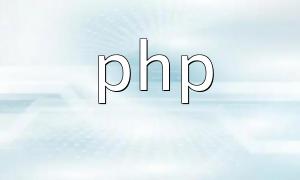Floating point numbers are used in computers to represent numbers with decimal places, but due to storage limitations, they are often approximated to a finite precision. When we need to round floating point numbers to a specific precision, we can use various methods to achieve this.
The round() function rounds a floating point number to the nearest integer. It accepts two parameters: the first parameter is the number to be rounded, and the second parameter is an optional precision value that specifies the number of decimal places to round to. For example:
$num = 1.55;The floor() function rounds a floating point number down to the nearest integer less than or equal to the number, while the ceil() function rounds a floating point number up to the nearest integer greater than or equal to the number.
$num = 1.55;The number_format() function formats a floating point number to a specified number of decimal places and returns it as a string. It is often used for display purposes rather than mathematical calculation, and can also be used for rounding.
$num = 1.555;BCMath is a high precision mathematical library that allows for accurate floating point operations, including rounding. The bcround() function rounds a floating point number to a specified precision.
$num = "1.555";It is crucial to choose the right rounding method based on the specific needs of the application. Below are some factors to consider:
By carefully selecting and using these methods, you can effectively address floating point precision issues, improving the accuracy and stability of your program.









